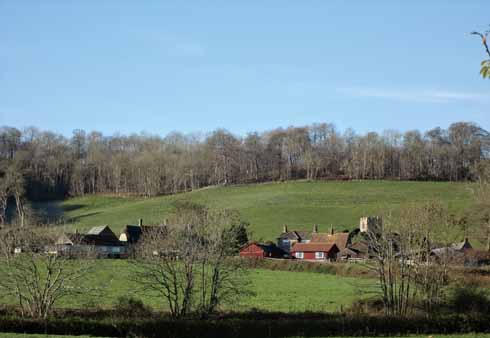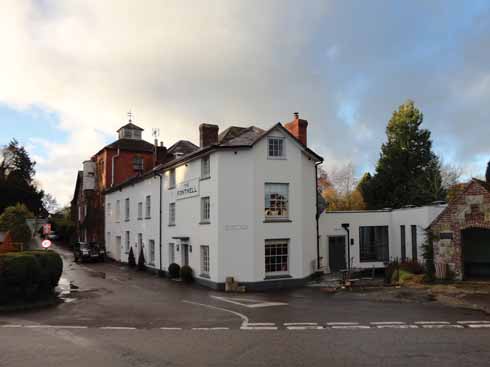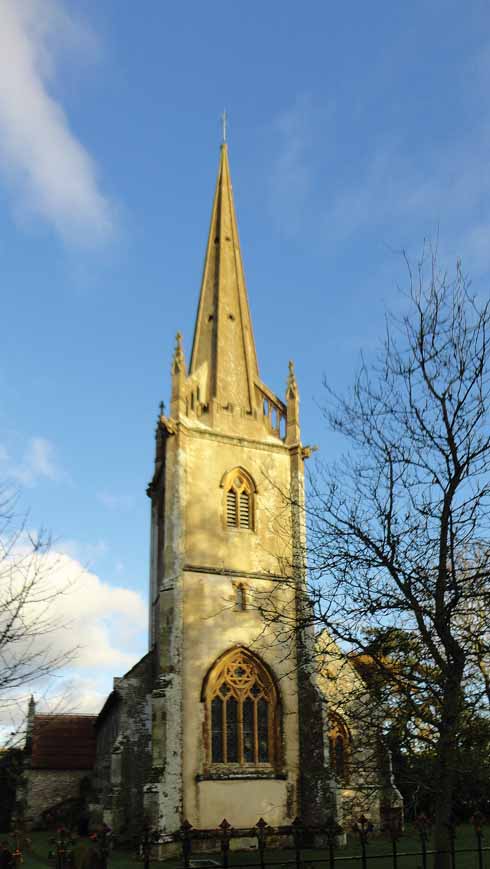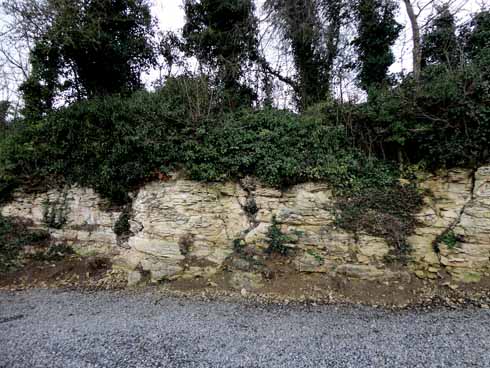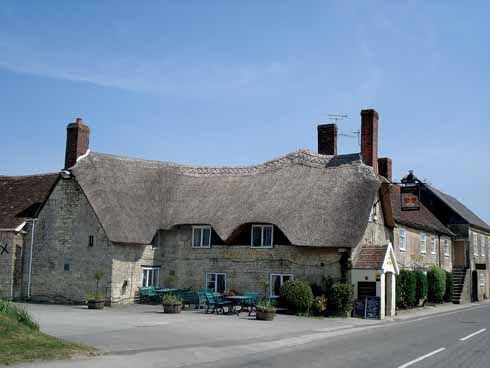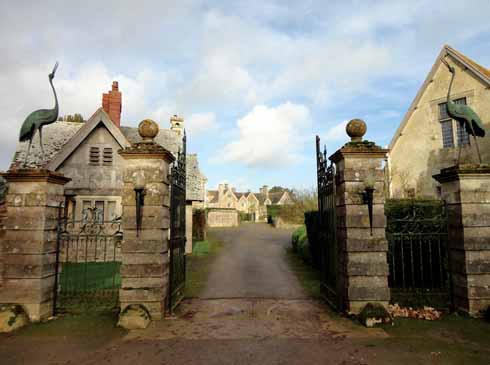The Blackmore Vale
In the final part of his mammoth trek around the county, John Chaffey introduces us to the villages of Thomas Hardy’s ‘Vale of the Little Dairies’
Published in February ’15
The Blackmore Vale is far from being an undiversified expanse of clay lowland, drained by the River Stour and its tributaries, although large areas of the Vale are underlain by clay: the Kimmeridge Clay in the east and the Oxford Clay in the west. These poorly drained areas offer few sites for settlement, as the recurrence on maps of the word ‘marsh’ – Margaret Marsh and Guy’s Marsh for example – indicates.
The physical nature of the Vale is diversified by the occurrence of three areas where sandstone and limestones offer better-drained soils and therefore sites for village settlement. At the foot of the Chalk escarpment in the east and the south is the Upper Greensand bench, long regarded as a suitable site for settlement, because of its dry location, its abundant spring water and its access to good quality arable farmland. In the north it widens to form the plateau on which Shaftesbury is built. Running across Blackmore Vale are two bands of limestone, each of which has encouraged the growth of village settlement. The Corallian runs from the Somerset border near Bourton south-westwards to Hazelbury Bryan. The Cornbrash, an outcrop of thin limestone, that produces ‘brashy’ soils, occurs on the dip slope of the Forest Marble. It extends from near Wincanton southwards through Stalbridge to the Caundles.
The line of villages that runs south from Shaftesbury extends from Compton Abbas to Child Okeford, and intermittently westwards to Melbury Bubb, then beyond into West Dorset. Compton Abbas and East Compton lie in the shadow of Melbury Hill, one of the highest points on the great Chalk escarpment. To the immediate south, Fontmell Magna has spread downwards across the Gault outcrop. It lies alongside the little Fontmell Brook, which rises under the Chalk escarpment at Springhead to the east. At one time it supplied water for the brewery at Fontmell. Sutton Waldron, possessing one of North Dorset’s finest churches, with a beautifully decorated interior, lies on a protruding spur of Upper Greensand, with a small outlier of Chalk beyond the church. Iwerne Minster, with half-timbered buildings, now shelters the spring that gives rise to the River Iwerne, which flows away southwards to join the Stour near Stourpaine. Iwerne Courtney, on the other side of this fledgling stream, nestles in the shadow of Hambledon Hill and its dominating Iron Age fort. Child Okeford, another Greensand village, rests on the other side of Hambledon Hill. It has spread on to the Gault, and the unexpected Lower Greensand. It is a large village with shops, public houses and a school.
Shillingstone, beneath the Chalk escarpment on the opposite side of the Stour, guards the gap that the river cuts through the Chalk to the south-east, with the great river cliffs at Hod Hill, Enford Bottom, and Bryanston. Its partially restored railway station is a link to its Somerset and Dorset past. Okeford Fitzpaine is a busy residential village, built originally on the Greensand, but spreading now on to the Gault. Nearby Belchalwell has stunning views in all directions from its small church on a knoll overlooking the village.
Beyond, under the great Chalk eminence of Bulbarrow, are two of the Vale’s most sequestered villages, Ibberton and Woolland. Ibberton has its remote church of St Eustace, lying on a Chalk ledge above the village: the church is inaccessible by road.
Woolland is equally perched high above Blackmore Vale, reached only by narrow lanes that slip down uneasily from the heights of Bulbarrow or edge up to Woolland from Hazelbury Bryan. Westwards, Buckland Newton has grown up in a gap in the Chalk escarpment. Beyond, Batcombe and Melbury Bubb are small remote Upper Greensand villages reached only along steep winding lanes from the crest of the escarpment.
The Corallian villages begin in the north at Bourton, near the Somerset border. Bourton is a substantial village where both Greensand and Corallian limestone are used in the church and other buildings. The tiny settlement of Silton is built on the Corallian dip slope, whilst both Buckhorn Weston and Kington Magna occupy dominant positions on the Corallian esacarpment overlooking the Cale valley. West and East Stour are twin villages on dry sites above the Stour floodplain, and use the Corallian building stones almost exclusively in their churches. Fifehead Magdalen and Stour Provost face each other across the shallow valley of the Stour, both using the attractive Todber Stone. This is still quarried around Todber, itself surrounded by many disused workings. Marnhull uses the local creamy Marnhull Stone to outstanding effect in all of its larger buildings, such as St. Gregory’s church, nearby Senior’s Farm and the Crown Inn. Marnhull’s surgery and pharmacy shows how effective contemporary use of local stone can be. Villages follow the outcrop of the Todber Stone southwards through Hinton St Mary, Sturminster Newton itself and eventually to Hazelbury Bryan.
The Cornbrash villages begin over the Somerset border and continue in Stalbridge, a key settlement in the vale with its local supermarket. Its main street is an architectural delight, with good use made of Forest Marble and Corallian stone. To the south-west are the Caundles using the Forest Marble again in cottages, churches and pubs. Caundle is possibly an old name for the low range of hills that separates Dorset from Somerset in this area. Yetminster and Ryme Intrinseca are built on the outcrop of the Cornbrash, yet both use Forest Marble as their main building stone. Thornford, on the outcrop of the Fuller’s Earth rock uses it as its chief building stone. To the north, Bradford Abbas and Trent use the Inferior Oolite to magnificent effect in their respective churches. Adjacent to the church at Trent is a former priest’s house unusually using local Junction Bed limestone in its walls. Where villages are built on the Kimmeridge Clay, such as Margaret Marsh, Manston and Stour Row, they use Corallian building stone from the nearby quarries at Todber or Marnhull. ◗
